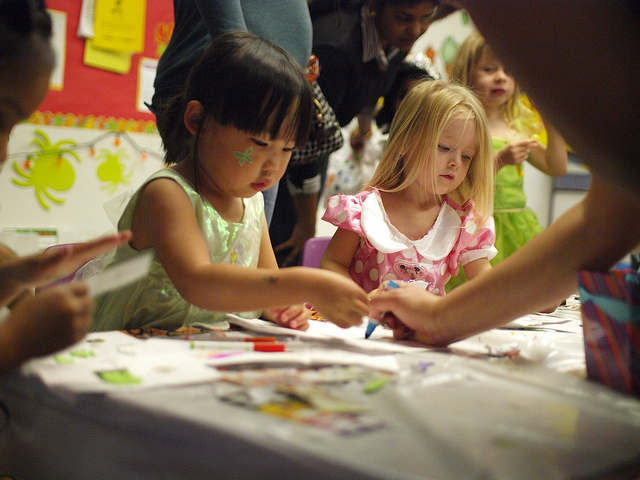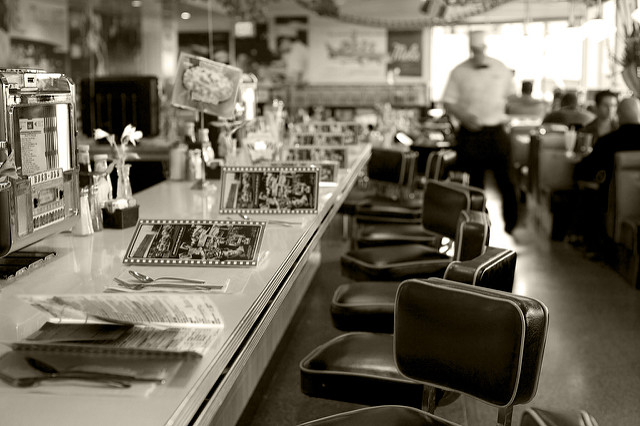
“How long do you bake chicken?”
“Do whales sleep?”
“How many yards are in a league?”
The all seeing, all-knowing Google search engine has helped many of us find answers to our many questions. When we need something answered, we simply “Google it.” This popular search engine uses a complicated algorithm to generate results, but last year it’s legitimacy was questioned when it was revealed that the top link provided for the query, “Did the Holocaust happen?” was a neo-Nazi website run by white-supremacists denying its existence.
In a recent article on The Conversation, sociologist Thomas Maher describes the struggle that the Holocaust Museum had to go through in order to combat the false information online generated by the neo-Nazi website. Maher provides insight on how Google’s search engine, which tries to pinpoint the answers users are looking for, can be manipulated to spread false information, especially in the conspiracy theory community.
“(I)t’s clear to me that sites intentionally presenting misinformation and propaganda are preying upon Google’s eagerness to answer questions. These sites, peddling what is sometimes called ‘fake news,’ capitalize on people’s tendency to ask those questions directly on Google.”
Maher suggests that the best way for experts to respond to false information is to participate in public writing and blogging themselves, using relevant and searchable key words and phrases to ensure their research-based writing is seen. Maher points out that this will not stop false information from being presented, but the existence of credible facts alongside misleading information is a start.









